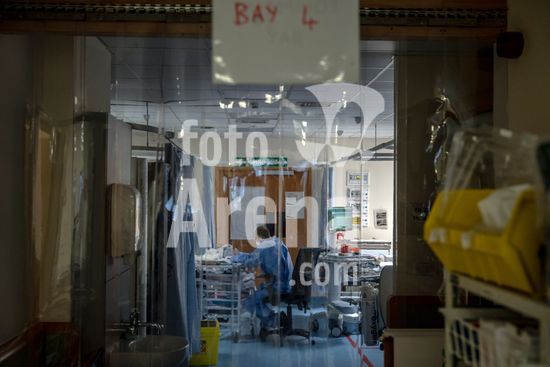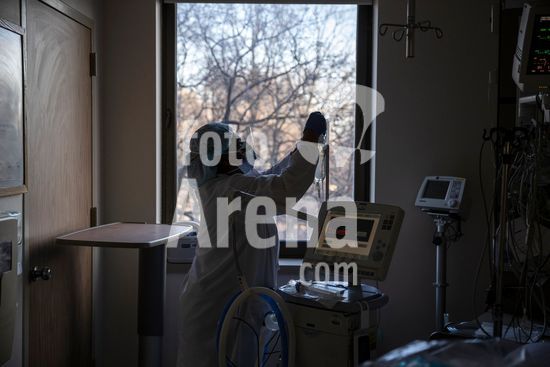
ny151024104617
Hassan Hamoud and Mohamad Karsifi tend to a patient in the intensive care unit of St. Therese Hospital, near Beirut, Oct. 12, 2024. Amid IsraelÕs offensive against Hezbollah, the United Nations says Òthe targeting of health and relief operations is broadeningÓ in Lebanon, with hospitals shutting down or struggling to operate. (Diego Ibarra Sanchez/The New York Times/Fotoarena)
DC






























































































































































